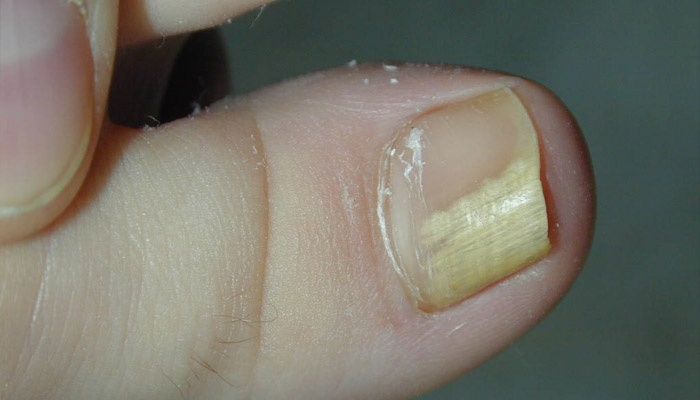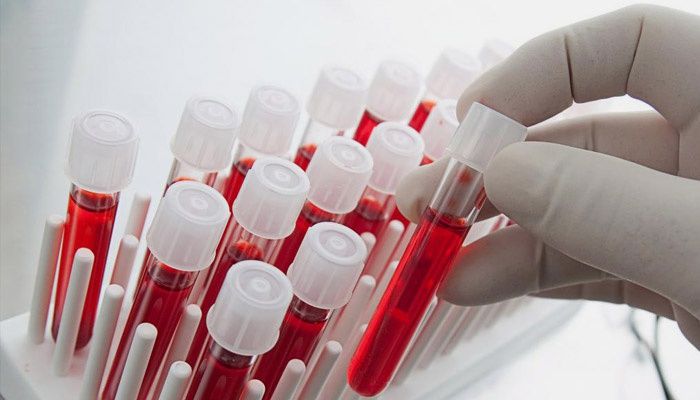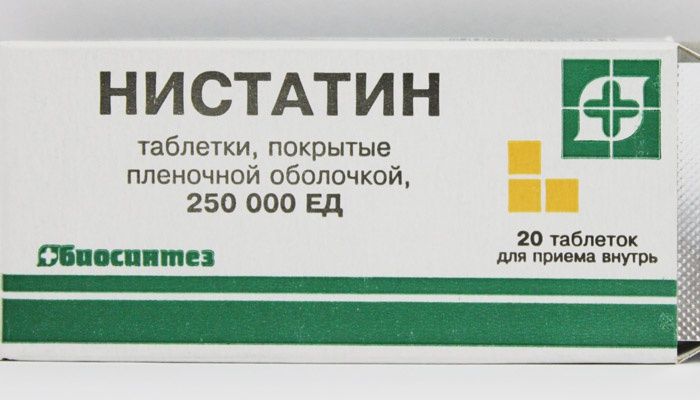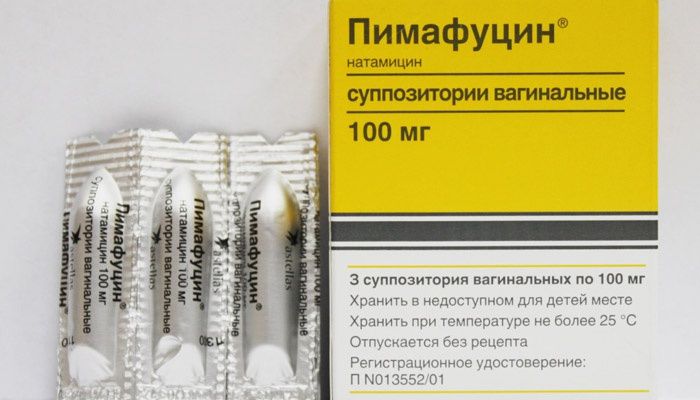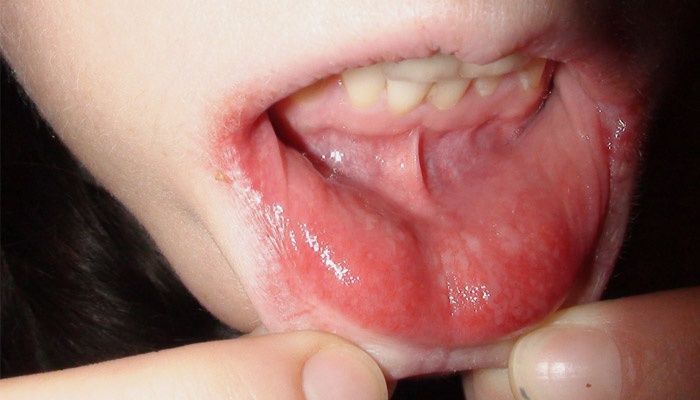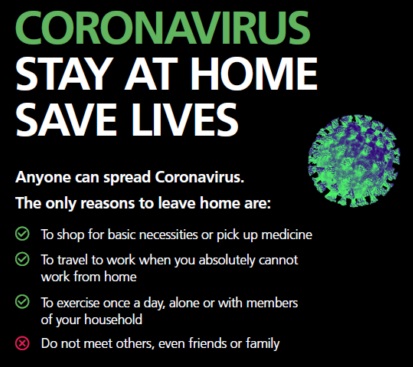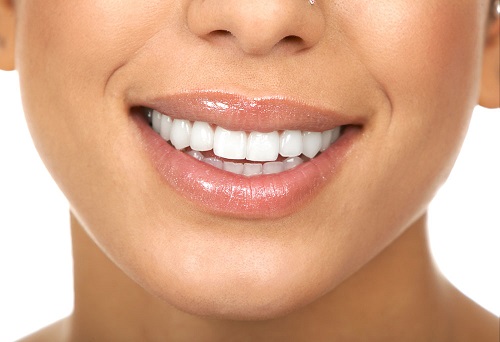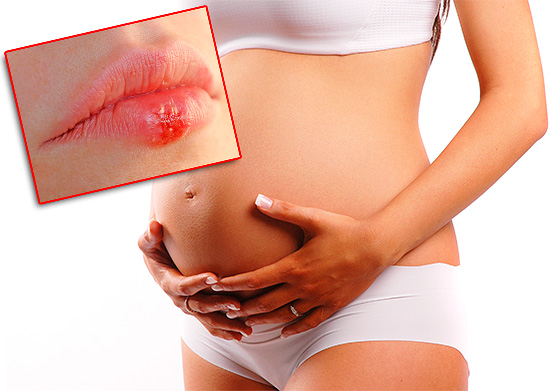Content
- The causes of the disease
- The main signs and symptoms
- Diagnostic Methods
- How and how to treat yeast
- Treatment features
- How to get rid of a yeast infection with folk remedies
We do not associate with the fungus the most pleasant sensations. The human body, under certain conditions, is prone to infection with this microorganism, which causes great discomfort. People mistakenly consider an activated yeast fungus to be a non-serious disease, therefore they often ignore it and bring it to a chronic form. This is the main omission, because the infection is no less dangerous ailment, which must be cured. Do you know how to get rid of a fungus? The instructions below will help you understand the causes of infection and treatment methods..
The causes of the disease
The body of each person hides a fungus of the genus Candida. With the normal functioning of all systems, it does not manifest itself in any way, but as soon as some provoking factor appears, the infection gets an impetus for development. The main causes of fungal infection are:
- Malfunctions in the hormonal plan due to pregnancy, certain periods of the menstrual cycle, oral contraceptive method.
- Decreased immunity after illness.
- Being overweight increases your risk of developing fungus..
- Diabetes mellitus if blood glucose is not under strict control.
- Wrong diet, abuse of sugary and flour products.
- Synthetic or too tight underwear.
- Taking antibiotics, which along with infectious bacteria eliminate beneficial bacteria.
- Water procedures using products containing chemical dyes or aromatic additives.
- Infection with a fungus by contact with a sick person, for example, by kissing him or shaking hands.
- Long stay in stress, overwork.
- Lack of hygiene.
The main signs and symptoms
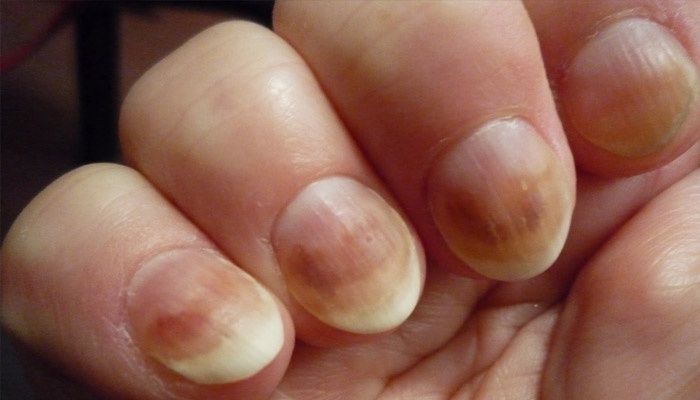
What is candida? This is an organism of tiny sizes, which is attributed to the genus of fungi, and up to 120 species are distinguished, 20 of which lead to infection of the skin and internal organs. Having settled in the human body, candida secretes special enzymes that poison cells and destroy them. At this time, symptoms of infection begin to appear. The fungus on the skin settles mainly in folds, and is manifested by the following symptoms:
- Severe itching or irritation of all sites of fungal infection.
- Vials of various sizes appear on the face, which then open and leave moist spots. Cracks and crusts are noted on the lips..
- On the hands, redness and coarsening of the epidermis are noted, which are confused with working corns.
- Violation of the structure of the epidermis – erosion.
If infection with a fungus is noted on the nails, then it can be recognized by the following symptoms:
- The color of the nail plate changes to brown, yellow or gray, and in advanced cases, even black.
- In the texture of the nail bulges, grooves or holes are noted.
- Separation of the nail plate and the bed, as seen in the photo.
- Inflammation of the nail roller, accompanied by redness, swelling and overhanging of the nail.
When yeast grows in the intestines, the disease is called candidomycosis. It manifests itself with the following symptoms of infection:
- Skin allergy.
- Abdominal pain.
- Constipation or diarrhea.
- Sudden fatigue without good reason.
- The feeling of an incomplete bowel movement with frequent urination.
Using a mirror, it is easy to detect infection with a fungus in the oral cavity. At the same time, a person feels the following symptoms:
- White plaque on the inner surface of the cheeks and along the edges of the tongue.
- Swelling of the mucous membrane.
- Numerous sores.
- Bad breath.
- Burning and itching in the mouth.
When infected with a fungus of the human genitals, the following symptoms are tormented:
- Itching and burning in the groin, worse in the evening.
- Vaginal discharge of curdled consistency.
- Bad smell in the vagina.
- Soreness and swelling of the genital organs.
- Pain during urination.
- Redness, small pimples, sores on the glans penis in men.
Diagnostic Methods
For an accurate diagnosis of infection and proper treatment, the doctor immediately prescribes several tests for the fungus. In this case, they can be investigated:
- venous blood;
- pus in the eyes;
- feces;
- skin integument;
- nail plates;
- earwax;
- smear from the urethra, vagina, mouth, respiratory tract, ears or cervical canal.
Detection of yeast in the feces indicates infection of the intestine, and detection in the urine is more often the result of taking antibiotics. Most cases of diagnosis of infection are carried out by smear from the sites of the alleged infection. Before you recognize thrush, when passing such an analysis, it is recommended to stop taking antimycotic drugs or antibiotics. This will allow more accurate determination of yeast in the smear and candidiasis infection..
How and how to treat yeast
How to get rid of chronic thrush is a difficult question. At the first symptoms of infection, it is best to immediately consult a doctor for an effective anti-fungal therapy. Treatment represents a whole range of activities. The first thing to treat candidiasis is taking medication for infection with a fungus:
- Tablets for oral administration: “Nystatin”, “Terbinafine”, “Irunin”, “Fluconazole”.
- Means of external use: creams “Mikozon”, “Kanizon”, “Mifungar”, ointments “Mikozoral”, “Mikoseptin”, “Imafucin”, “Totsiklat”, sprays “Lamisil”, “Lamel”, nail polishes “Batrafen”, Lotseril, Demikten.
- Drops against the fungus: “Mikospor”, “Candide”, “Exoderil”.
- Rectal suppositories: Hexicon, Pimafucin, Polygynax, Terzhinan.
Following a diet also helps with fungal infections. The main factor causing the infection is sugar, so it should be excluded from food, abandoning sweet fruits, syrups, honey, confectionery. When infected with a fungus, it is recommended to fill the diet with vegetables, herbs, low-fat meat, sour-milk products. In addition, you can supplement the diet with medical probiotics, such as Lactofil, Linex, Probifor, Bifidocaps.
Treatment features
Symptoms of infection with a yeast fungus are noted at any age in both men and women, but due to differences in children’s and adult organisms and gender characteristics, treatment is carried out using certain methods. Among them stand out taking medications against fungus, processing by means of external use and following the rules of nutrition and hygiene. The instructions below will help you understand how to treat candidiasis in men, women or children..
In men
It is dangerous to self-medicate, because the symptoms of infection with the fungus are often similar to signs of sexually transmitted diseases, which increases the risk of treatment from the wrong pathology. In addition, serious complications can occur, such as prostatitis, orchitis, narrowing of the foreskin and even gangrene. A feature of treatment for infection with candidiasis is that with small injuries, you can limit yourself to external exposure to the fungus with ointments and creams.
Diagnosis of infection with candidiasis is carried out not only in the patient who has applied, because the sexual partner can also spread the disease. When confirming a fungal disease, treatment is divided into 2 stages:
- In case of a mild infection with a fungus – local treatment with Pimafucin cream, nystatin or natamycin ointment.
- In case of a more severe infection, prescription medications for candidiasis are prescribed in the form of tablets, for example, Diflucan or Fluconazole.
Among women
The defeat of the fungus is a frequent occurrence in gynecology, so women need to carefully monitor the symptoms in order to prevent the development of the disease in time. Features of the treatment are to eliminate the factors that provoke the infection, which are characteristic of the female body. The first is the exclusion or change of means for intimate hygiene and contraceptive drugs, if they are the cause of infection with the fungus. The next thing to change is linen. It should not be tight and synthetic, because it does not allow the skin to breathe, which creates an environment for the reproduction of the fungus.
Here are some more tips for women with fungal infections:
- Wash the external genitalia every day, while observing the direction to the anus, and not vice versa.
- In case of infection during pregnancy, do not douch without consulting a doctor and be sure to treat the disease, because it can be transmitted to the baby during childbirth.
- Control weight.
- Give preference to rectal suppositories against fungal infections, for example, such as Nystatin, Livarol, Batadin, Pelican-Antican. The latter are homeopathic remedies.
- Establish a psycho-emotional state, because the female body is more susceptible to stressful conditions that contribute to infection with the fungus.
In children
In the children’s body, the fungus mainly affects the skin, manifesting in the form of lichen, and mucous membranes, which indicates candidiasis of the internal organs. Frequent is the situation of infection of the child during childbirth or breastfeeding. In most cases, skin manifestations of the fungus are treated with 2% iodine in combination with ointments. With extensive infection with candidiasis, tablets or local treatment with a solution of boric acid are already prescribed. Here are other features of treating fungus in children:
- When the oral cavity is infected, its mucous membrane is treated with a solution of soda, and then with green.
- Intestinal dysbiosis is treated with a gradual decrease in the amount of fungus, because complete destruction leads to their replacement by pathogenic infections, for example, mold.
- In addition to treatment, preventive measures are mandatory in the fall and spring in order to strengthen the immune system and prevent a new infection..
How to get rid of a yeast infection with folk remedies
Traditional medicine offers several ways to treat candidiasis at home:
- Garlic. Pour crushed 2-3 cloves with half a glass of water. After an hour, have a drink. Repeat three times a day. Or make an external remedy, chopping a small head of garlic and pouring it with 20 ml of refined oil. Lubricate affected areas in the morning and evening..
- Soda. Take 1 tsp per liter of warm water. soda. To treat fungus, wash the affected surfaces with a solution before applying ointments.
- Chamomile and calendula. Take 1 tbsp. l mixture of ground herbs, pour a glass of boiling water. With a cooled solution, rinse the places where symptoms of infection appear, douche or take baths.






